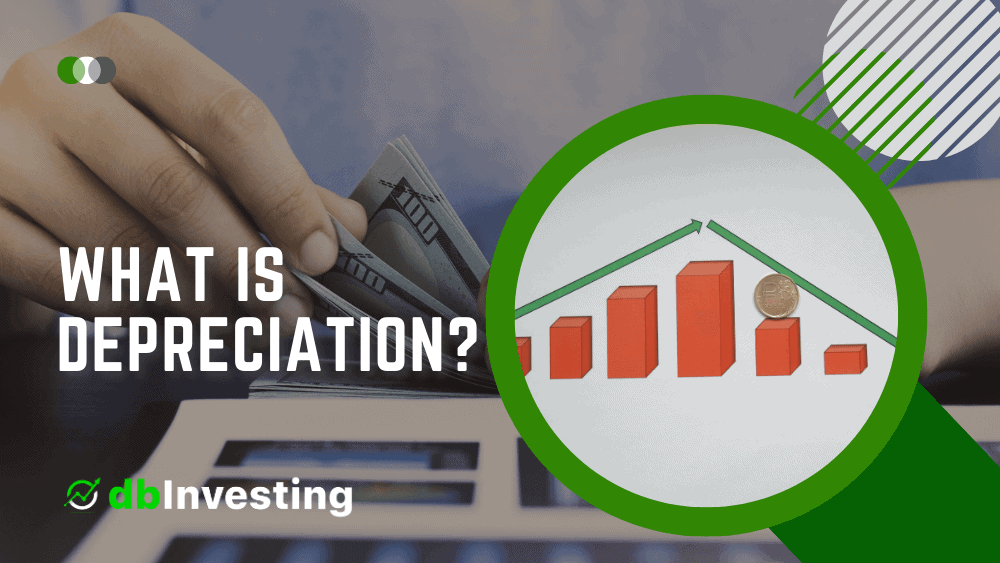Depreciation is a fundamental concept in accounting and finance that plays a crucial role in determining the true economic value of assets over time. It is essential for businesses to understand depreciation to accurately reflect the wear and tear of their assets in financial statements and make informed decisions regarding asset replacement, repair, and valuation.
In this comprehensive article, we will delve into various aspects of depreciation, including what it is, its types, calculation methods, and its relationship with accumulated depreciation. We will also explore the distinction between depreciation and amortization.
What is Depreciation?
Depreciation refers to the systematic allocation of the cost of a tangible asset over its estimated useful life. It is the process of recognizing the reduction in the value of an asset due to wear and tear, obsolescence, or other factors. Depreciation is crucial for accurately reflecting an asset’s decreasing value in a company’s financial records over time, which helps in proper financial reporting and tax calculations.
Types of Depreciation
1. Straight-Line Depreciation
Straight-line depreciation is one of the most common methods used for allocating an asset’s cost evenly over its estimated useful life. The formula for straight-line depreciation is:
Annual Depreciation Expense=Cost of Asset−Salvage ValueEstimated Useful LifeAnnual Depreciation Expense=Estimated Useful LifeCost of Asset−Salvage Value
- Cost of Asset: The initial cost of the asset.
- Salvage Value: The estimated residual value of the asset at the end of its useful life.
- Estimated Useful Life: The anticipated number of years the asset will be in service.
This method is straightforward and easy to understand, making it a popular choice for many businesses.
2. Accumulated Depreciation
Accumulated depreciation is a contra-asset account that represents the total depreciation expense recognized on an asset since its acquisition. It is a running total of the depreciation charges over time and is deducted from the asset’s original cost to determine its net book value (NBV). Accumulated depreciation is not a physical asset but a financial record used for bookkeeping and financial reporting.
3. Other Depreciation Methods
Apart from straight-line depreciation, there are several other depreciation methods, including:
- Declining Balance Method: This method allocates higher depreciation expense in the early years of an asset’s life and lower expense in later years.
- Units of Production Method: It allocates depreciation based on the actual usage or production of the asset.
- Sum-of-the-Years’-Digits Method: This method results in higher depreciation expenses in the earlier years, gradually decreasing over time.
The choice of depreciation method depends on factors such as the nature of the asset, its usage, and tax regulations in a particular jurisdiction.
Is Accumulated Depreciation an Asset?
Accumulated depreciation is not an asset in the traditional sense because it does not represent a tangible item with intrinsic value. Instead, it is a contra-asset account that offsets the value of the related asset on the balance sheet. Accumulated depreciation accounts for the reduction in the asset’s value over time, allowing for a more accurate representation of the asset’s net value on the balance sheet.
Depreciation vs. Amortization
Depreciation and amortization are similar concepts but apply to different types of assets:
- Depreciation is used for tangible assets like machinery, buildings, and vehicles.
- Amortization is used for intangible assets like patents, copyrights, and trademarks.
Both depreciation and amortization aim to allocate the cost of an asset over its useful life, but the terminology differs to reflect the nature of the assets involved.
How to Calculate Depreciation
To calculate depreciation using the straight-line method, follow these steps:
- Determine the cost of the asset.
- Determine the estimated salvage value of the asset at the end of its useful life.
- Estimate the asset’s useful life in years.
- Use the straight-line depreciation formula mentioned earlier to calculate the annual depreciation expense.
- Record the depreciation expense on the income statement and update the accumulated depreciation on the balance sheet.
For other methods like declining balance or units of production, the calculation process varies, but the objective remains the same: to allocate the asset’s cost over time based on a chosen methodology.
Conclusion
Depreciation is a critical accounting concept that allows businesses to accurately reflect the wear and tear of their assets in their financial statements. It ensures transparency in financial reporting, aids in decision-making regarding asset management, and plays a significant role in tax calculations.
Understanding the different types of depreciation, how to calculate it, and its relationship with accumulated depreciation is essential for effective financial management and reporting. By mastering depreciation concepts and calculations, businesses can make informed decisions regarding their assets and financial performance.



